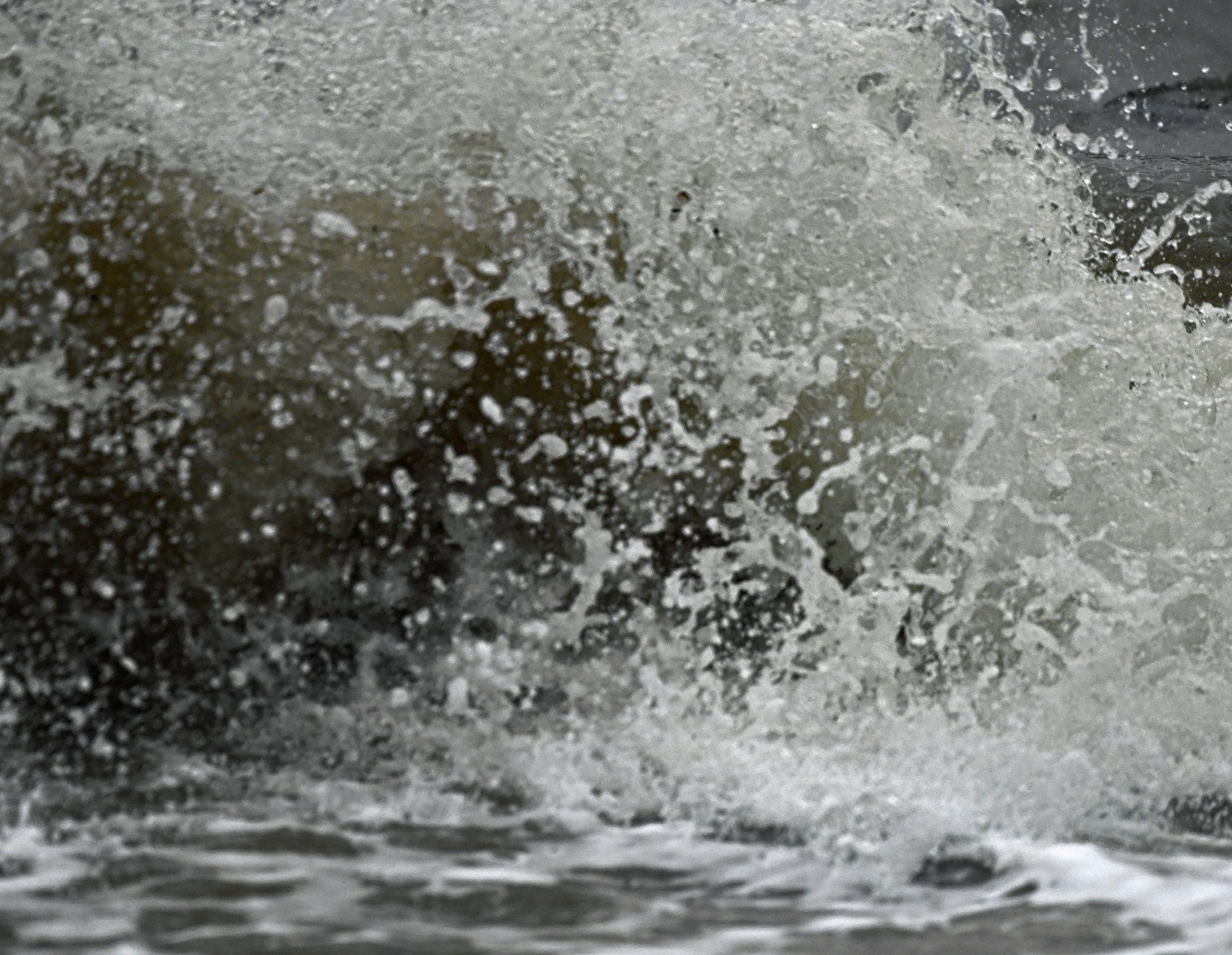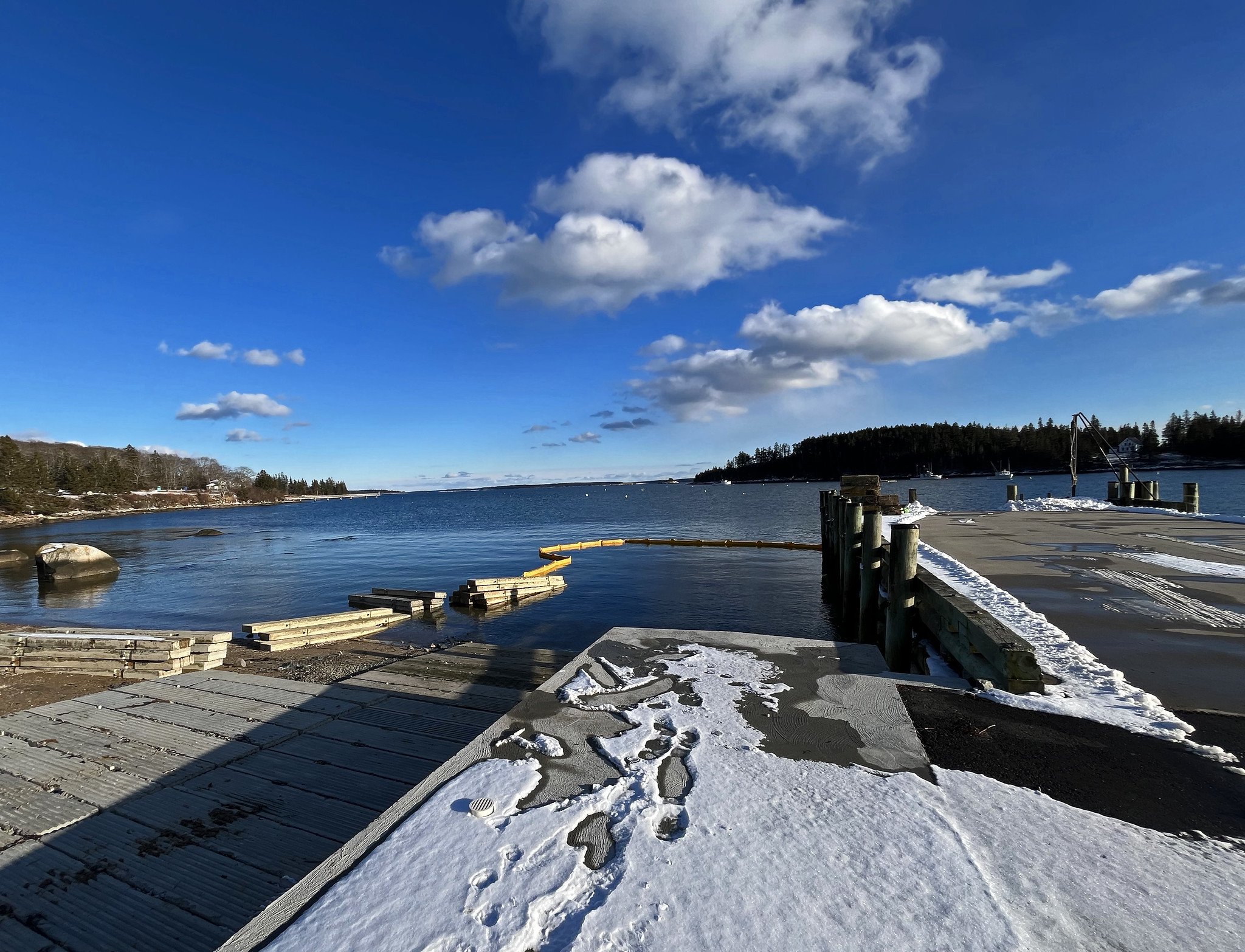Today is February 29, usually known as a Leap Day in a Leap Year. Today is when one custom calls for a woman to propose marriage to the man she wants to marry. Scientifically, it’s the day added to February every four years because Julius Caesar (and subsequent calendar controllers) determined that we had to make up for the gradual loss of seasonal time in our imperfect calendar.
Where’s the “Leap”? A standard year consists of 365 days, which (oddly) is 52 weeks (of 7 days each) plus 1 day. If your birthday were on a Sunday one standard year, it would be on a Monday the next standard year. In a Leap Year, your birthday would “leap” over that Monday to Tuesday because of the extra day.
However, if you were born today, on February 29, you would be a “Leapling” and have an actual birthday only every four years. (Most Leaplings celebrate birthdays on February 28 or March 1 in standard years; some claim with a smile to be much younger than their contemporaries because they have fewer birthdays.)
As for that marriage proposal custom, it supposedly started in Ireland, where St. Brigid reportedly negotiated with St. Patrich for the right of women to propose to the man of their choice, but only on Leap Day so that the situation didn’t get out of hand. The idea allegedly was to provide a little countervailing balance to the powers of the sexes the way a Leap Day provides a little balance to the length of the seasons.
Speaking of balance, in some areas, reportedly, if the man refused to accept a woman’s serious offer of marriage, he had to give the woman something of significant value. (Leighton Archive Image taken in Brooklin, Maine.)


































































































